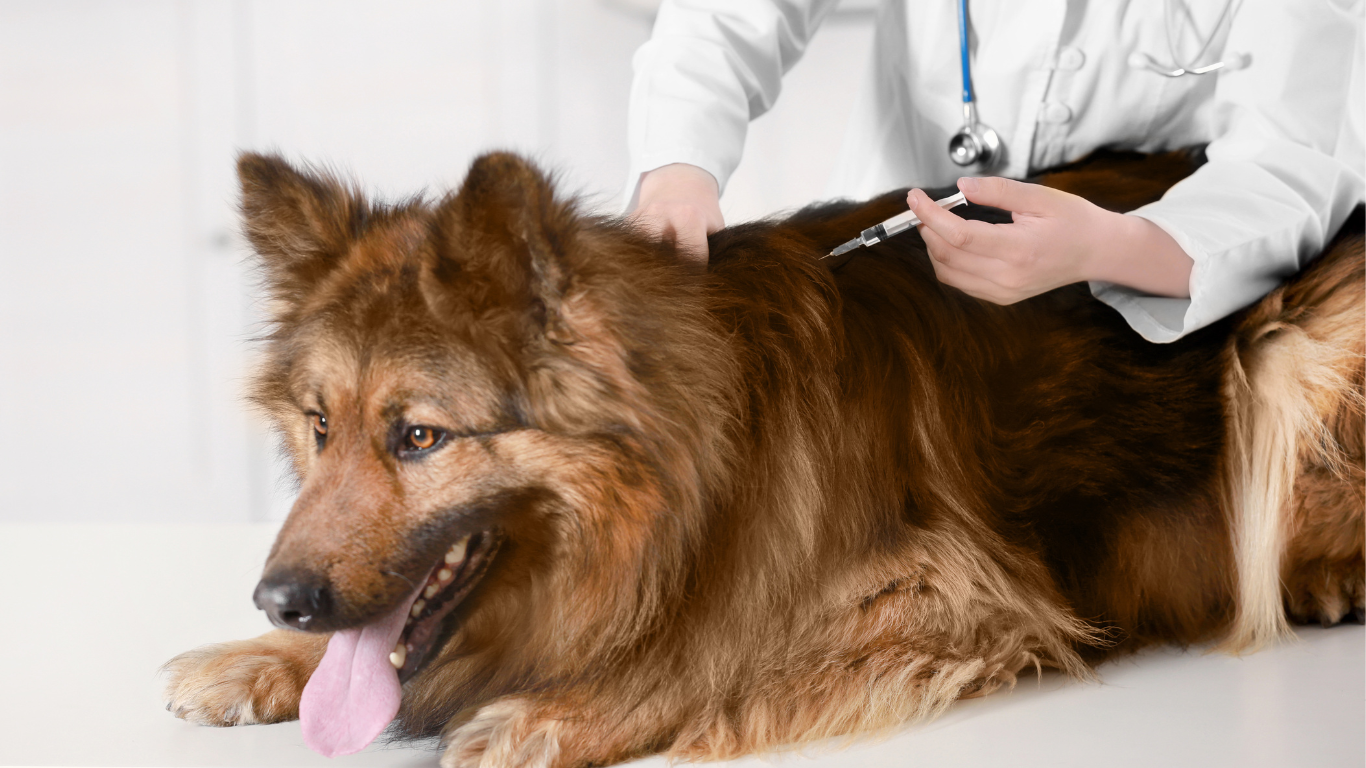The temperatures are high, so the weather is calling for our four-legged friends to cool down a little: many dogs love water. Just like for humans, waters are not safe for four-legged friends - although they don't even have to be deep.
In this magazine article we explain what you should pay attention to when having fun in the water with your dog.
Freshwater waters
Even if lakes promise ideal cooling for your dog, there are some dangers lurking in them, especially in summer. When temperatures rise, germs and parasites multiply in the stagnant water. Skin contact with the water can cause inflammation of the skin (dermatitis), which manifests itself in severe itching and redness of the skin. Ingesting water from polluted lakes can lead to gastrointestinal problems.
It is therefore advisable for people and animals to inquire online in advance about the current water quality of the bathing water.
Water creepers or old fishing lines also pose a danger: if your dog gets caught in one, it will cause the animal to panic. Waters that have already been declared dangerous and hazardous to human health are therefore also not suitable for your dog. This also applies to waters contaminated with blue-green algae.
Rivers and streams
In flowing water, the germ load is much lower. The currents here should not be underestimated: If your dog doesn't have enough strength to swim against the current, he can get carried away. There is another danger in rivers with ships: the ship's propeller is very dangerous for unsuspecting animals, so swimming there is absolutely forbidden for your dog. Sewage and fertilizers in rivers are also a risk to dogs' health.
The sea
The salt content must be taken into account here, especially if your dog likes to drink the water. This can lead to massive gastrointestinal problems. After bathing, rinse it with water to reduce skin irritation and give it a thorough cleaning.
In addition, there can also be strong currents in the sea, which, like rivers, can be dangerous. In the worst case scenario, the dog has to be rescued by boat. On the beach you should also make sure that it looks well-maintained and that, if possible, there are no broken pieces or other rubbish lying around in order to protect your four-legged friend.
Your own pool
Basically, swimming in the swimming pool at home is not a problem for the dog. However, if he drinks large amounts of water containing chlorine, he will get diarrhea. If the pool does not have suitable stairs, the dog may not be able to get out of the pool without help. For your own hygiene, you should also make sure that the pool has a fine filter that catches dog hair. The question of whether a dog should swim in the pool is ultimately one of one's own well-being.
Big puddles
Puddles and birdbaths in particular are easy-to-reach sources of fluids for four-legged friends. The furry friends also enjoy playing and running around in small and large water holes. But you should be careful when walking on rainy days, as puddles pose some dangers. First of all, it is important that there is appropriate vaccination protection against leptospires (a type of bacteria), which multiply quickly in the waterhole and are very sickening for the dog. Giardia is also found here, which can also lead to diarrhea.
A few more tips for playing in the water:
- Make sure that dogs are allowed to swim in public waters
- Do not let your animal enter the water with a full stomach
- Only plays in shallow areas
- Let your dog into the water without a leash
- If possible, introduce your dog to the water slowly
Never let your four-legged friend play in water unobserved, but watch where he runs into - then nothing will stand in the way of a well-deserved cool down in these temperatures!










